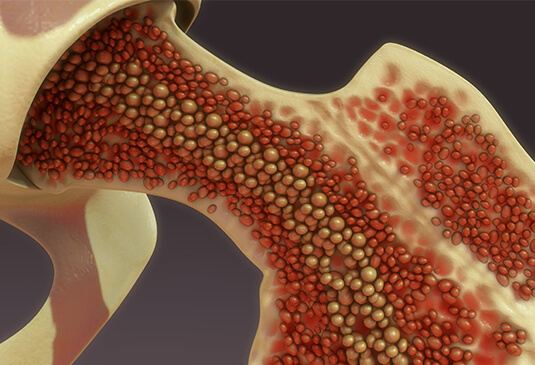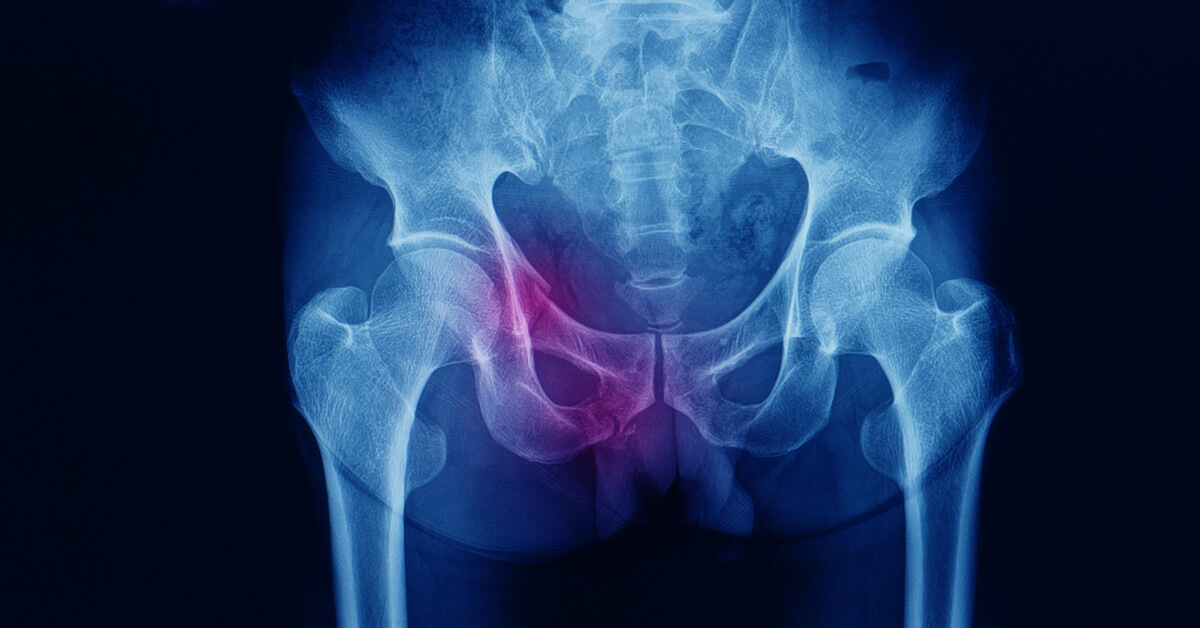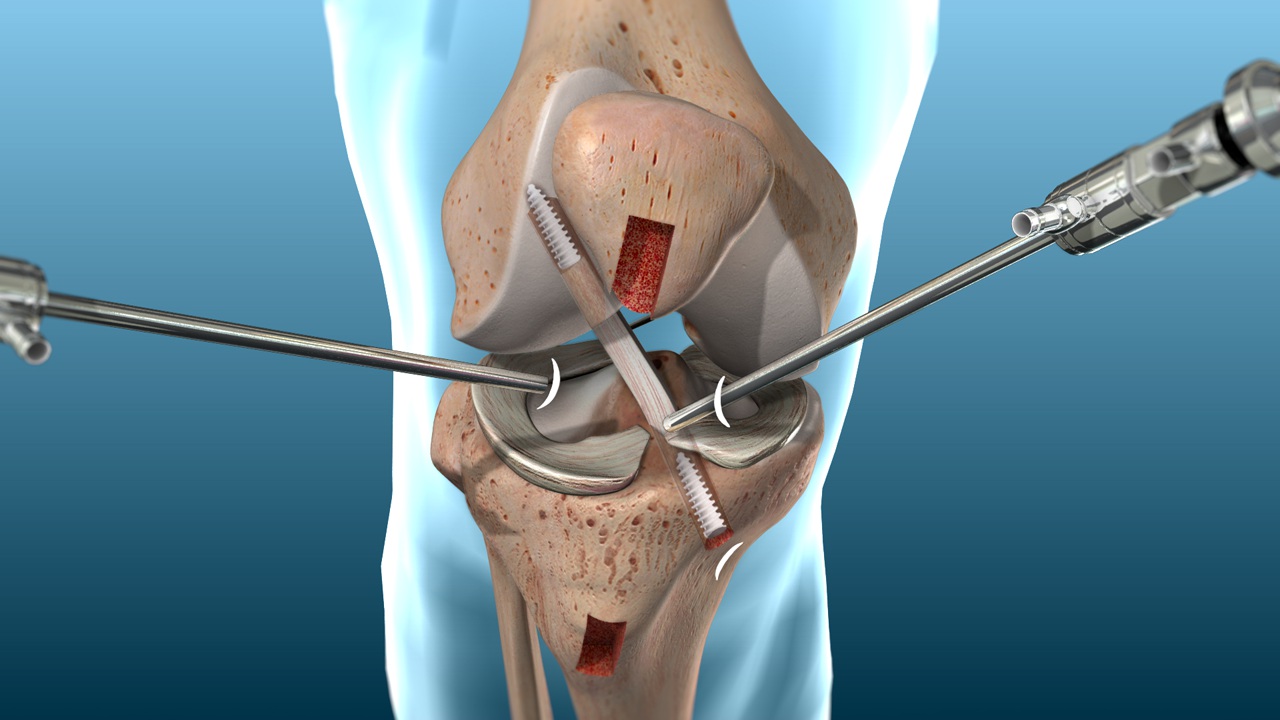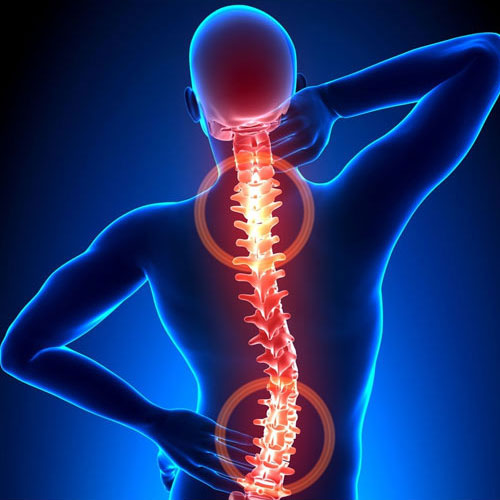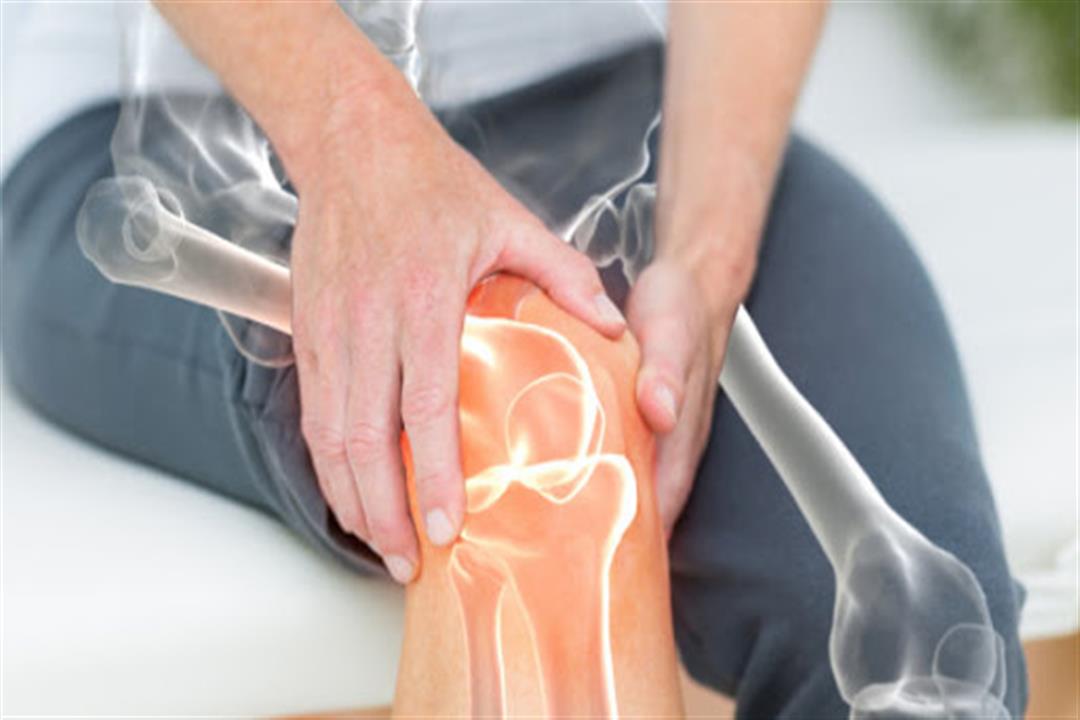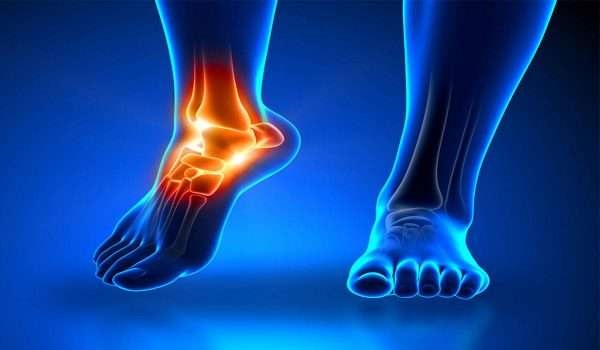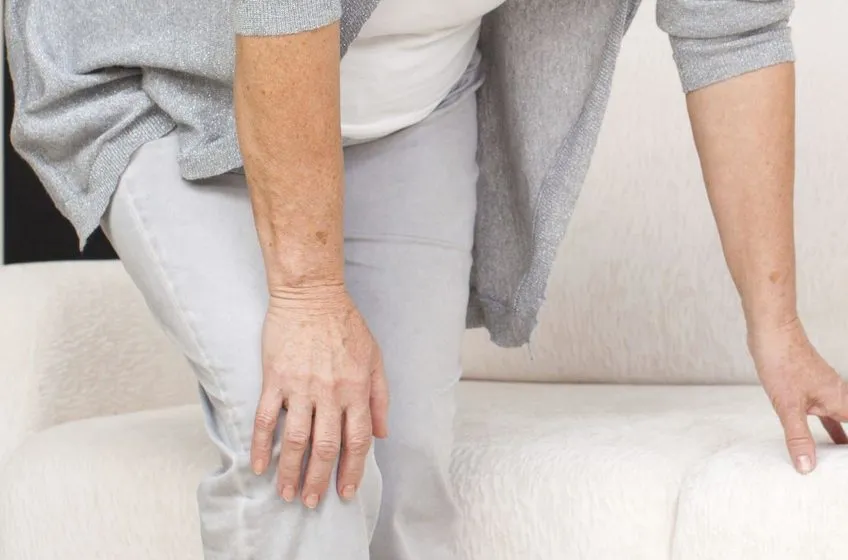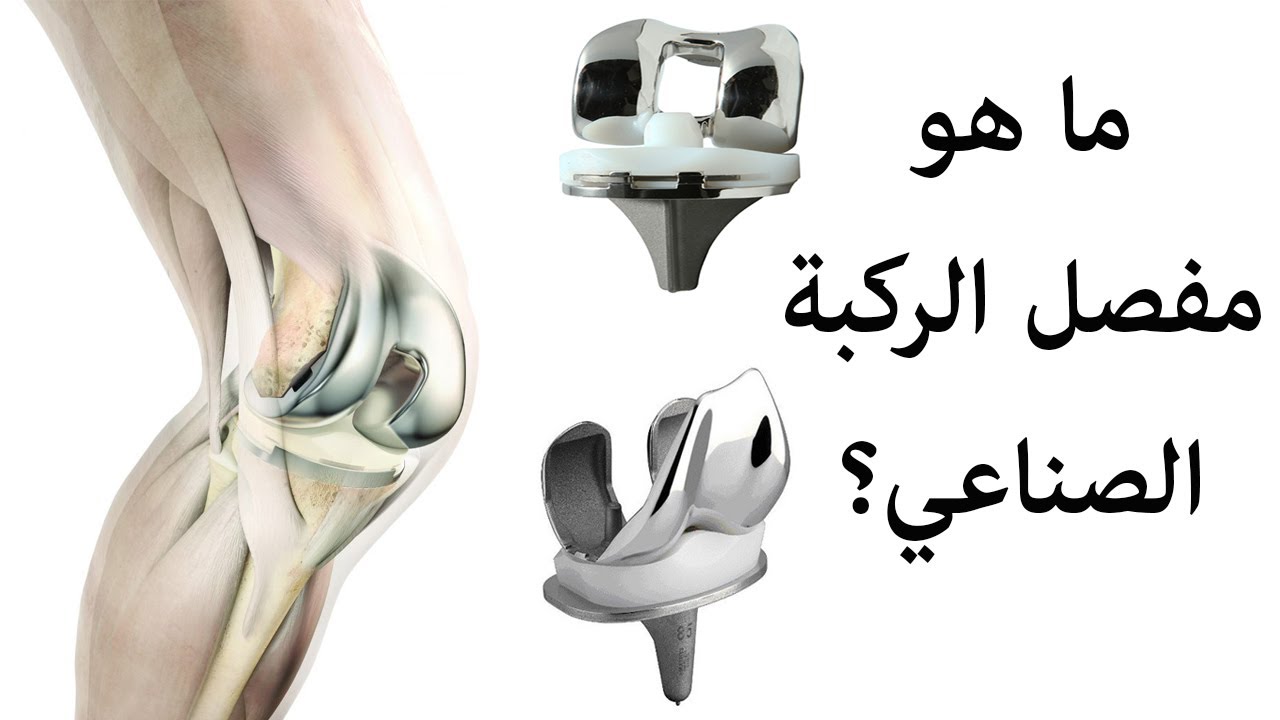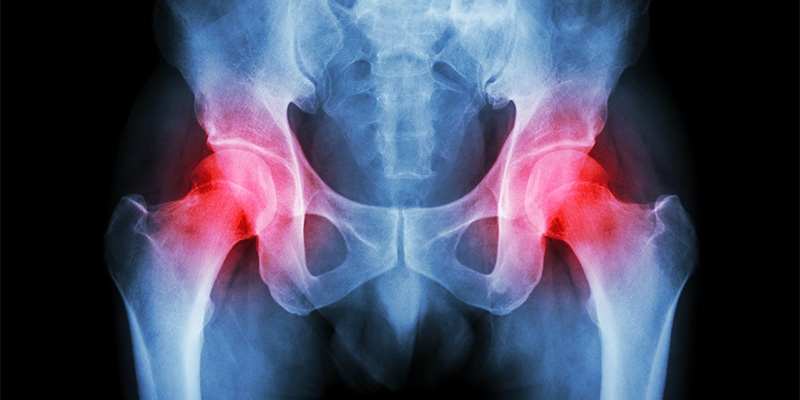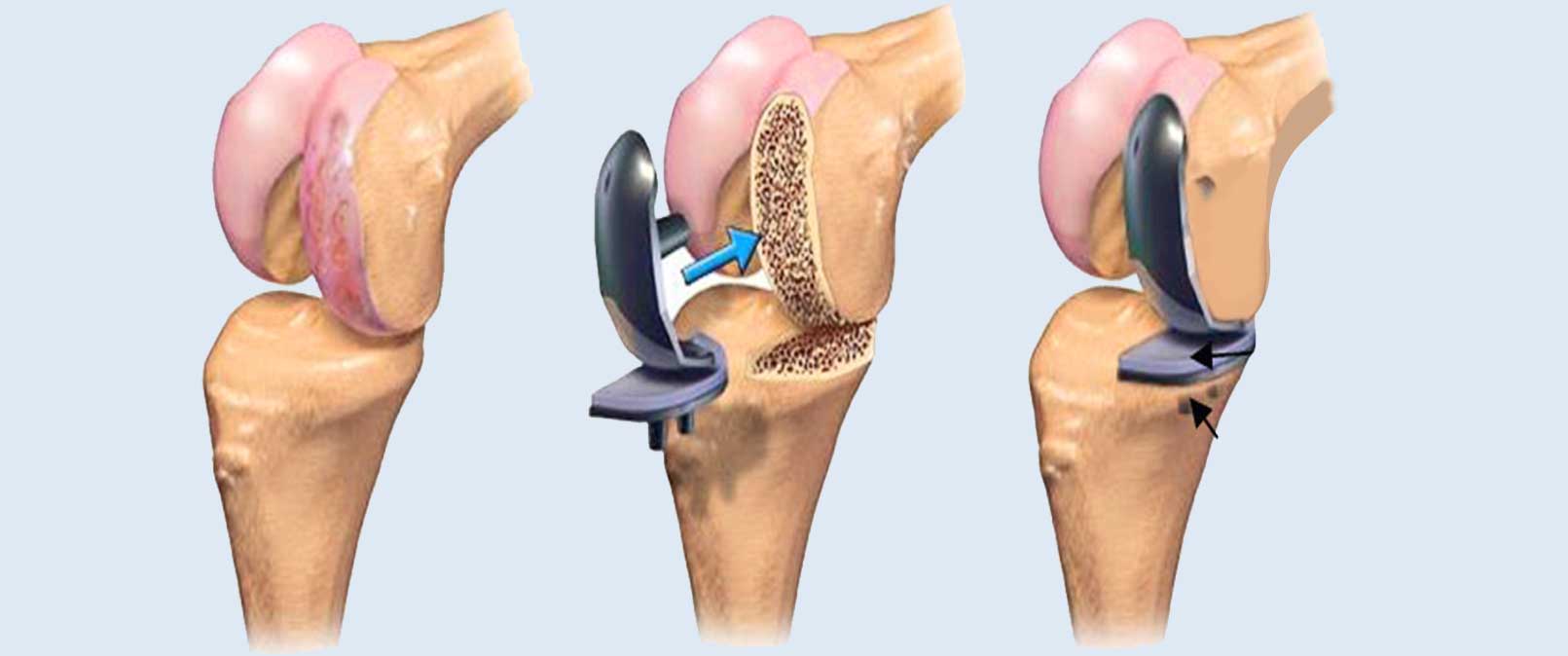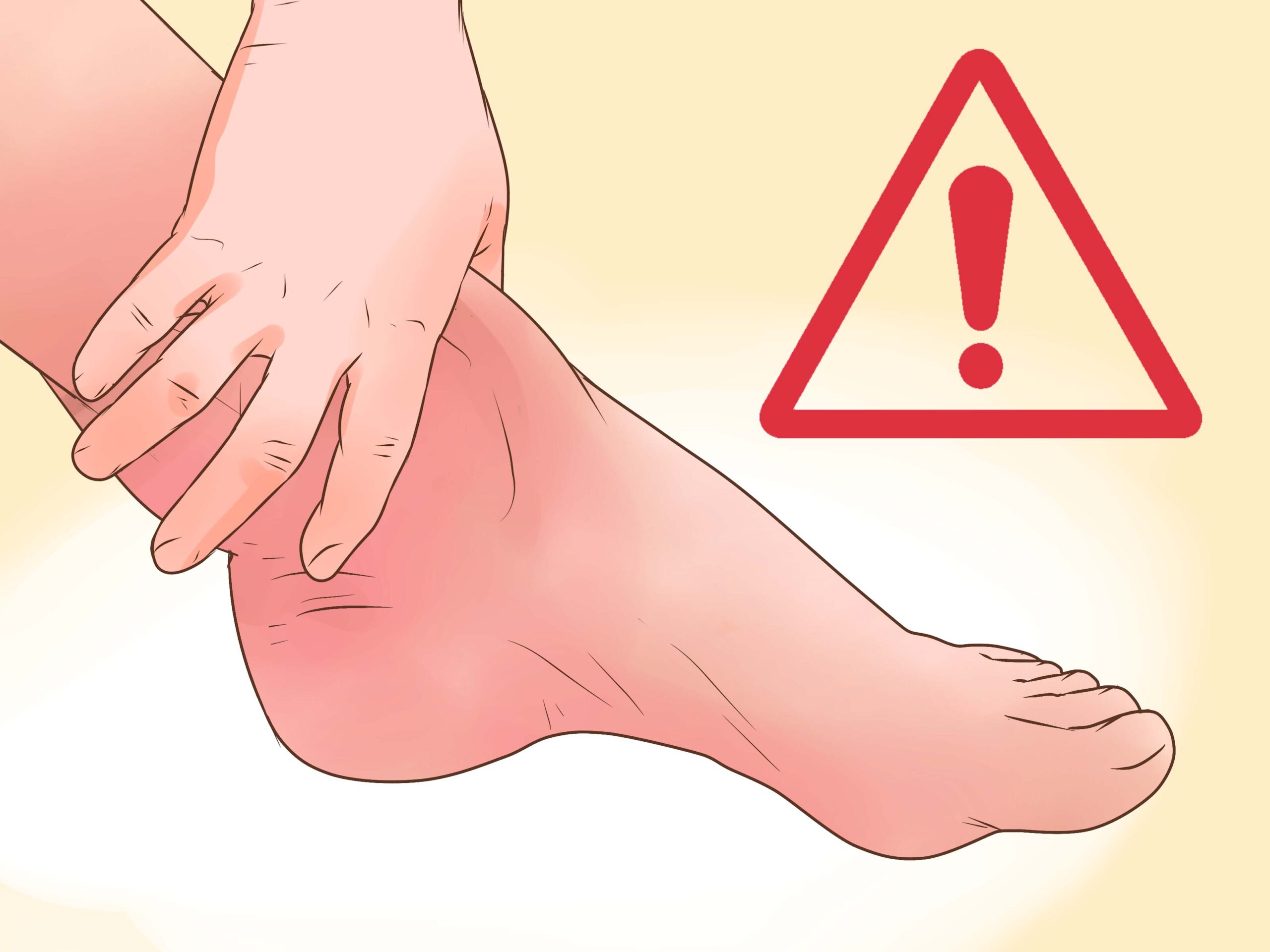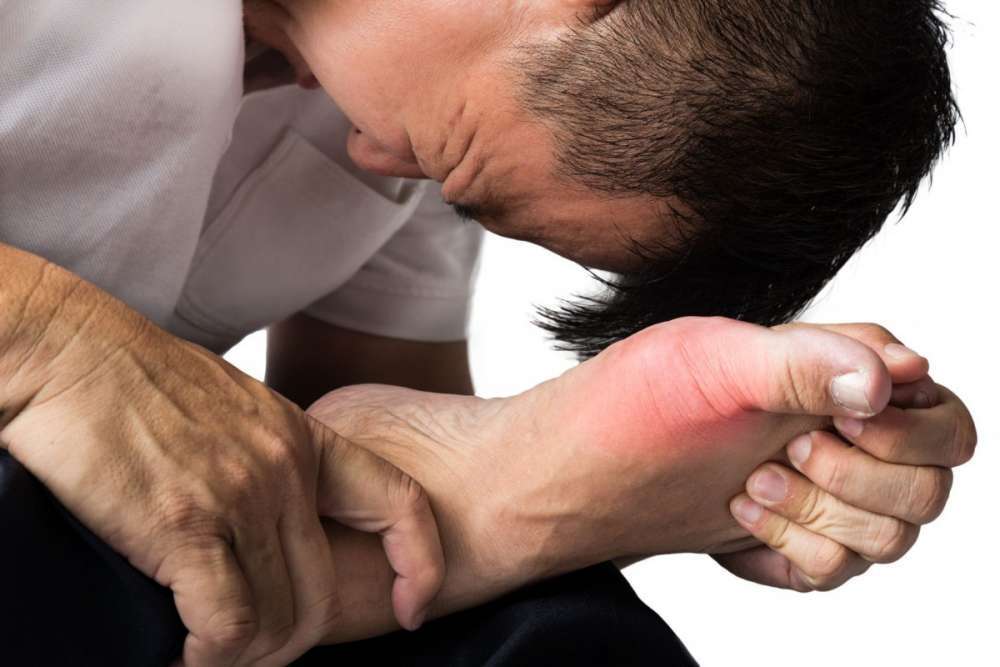What are the symptoms of sciatica? And can sciatica occur in both legs?
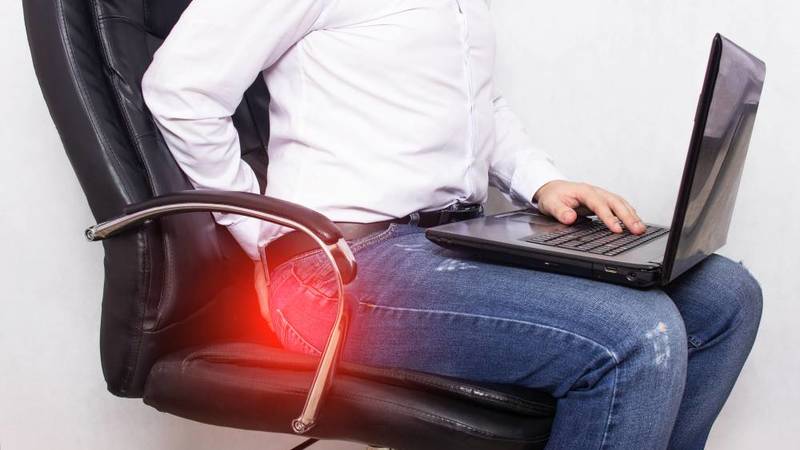
What are the symptoms of sciatica?
Sciatica is a medical condition that causes various symptoms in the back and leg area. It occurs when the sciatic nerve, which is the longest nerve in the human body, is compressed or irritated. The pain typically begins in the back and spreads across the leg to the foot. The pain can be sharp and distressing and may cause numbness or weakness in the leg and foot.
The symptoms experienced by patients with sciatica can vary and may include:
Lower back pain: This can be severe and resemble an electric shock or sensation of burning or stabbing. The pain may worsen when sitting for long periods. Constant pain on one side of the buttocks: The patient may feel constant pain on one side of the buttocks, and this pain may extend along the nerve’s path. Hip pain: The patient may experience pain in the hip area, which can be sharp and persistent. Weakness or numbness in the leg or foot: There may be weakness or numbness in the leg and foot, affecting the ability to move and walk normally. Burning or tingling down the leg: The patient may feel burning or tingling in the leg, which can be distressing and irritating. Difficulty standing up easily: The pain may be so severe that it becomes difficult for the patient to stand up easily or perform daily activities.
The severity of sciatica symptoms can increase with certain activities such as sitting for extended periods or sudden movements like sneezing or coughing. The pain can be intermittent or constant and may worsen over time.
The most common cause of sciatica is a herniated or slipped disc that compresses the sciatic nerve root. This compression can be due to the degeneration of the vertebral disc or slipping out of its normal position. The sciatic nerve may also be compressed by other causes such as spinal tumors or nerve inflammation.
Treatment methods depend on the severity of the symptoms and their impact on the patient’s life. Non-surgical treatment may include physical therapy exercises and medication to alleviate pain and inflammation. The doctor may also recommend wearing a supportive back brace or using hot and cold compresses to relieve the pain.
In more serious cases or when non-surgical treatment is not effective, sciatica treatment may require surgery. During surgery, pressure on the sciatic nerve is relieved by removing the herniated disc or widening the spinal canal.
Patients with sciatica should avoid lifting heavy objects and maintain proper body posture while sitting and sleeping. It may also be beneficial to practice core and back muscle-strengthening exercises to strengthen the muscles around the sciatic nerve.
Sciatica is a common medical condition that causes distressing symptoms and can affect the quality of life of patients. It is important to consult a specialist doctor for the diagnosis of the condition and determination of appropriate treatment. Patients should follow the doctor’s instructions and adhere to self-care tips to alleviate symptoms and improve the overall condition.
What is the treatment for sciatica pain?
Sciatica is a condition that causes sharp pain in the back, hip, and leg area. It occurs when the sciatic nerve that extends from the back to the leg is compressed. The pain can be severe and bothersome, significantly affecting a person’s life. However, there are several ways to treat sciatica pain and alleviate symptoms.
Firstly, hot compresses, heat lamps, or heating pads can be used to relieve pain. They should be set to the lowest heat level to avoid skin injury. In addition, alternating between warm and cold compresses can be tried, using one type at a time, to relieve pain and reduce inflammation.
Secondly, stretching exercises can be practiced to alleviate pain. Stretching exercises can help strengthen muscles and improve body flexibility. They can also help reduce pressure on the sciatic nerve and alleviate pain. However, one should avoid sudden movements and be cautious of excessive muscle strain.
Thirdly, physical therapy can be used to treat sciatica pain. This includes techniques such as Transcutaneous Electrical Nerve Stimulation (TENS), ultrasound therapy, and Interferential Therapy (IFT). These techniques are used to alleviate pain, improve muscle synergy, and stimulate the healing process.
Finally, medications can be used to treat sciatica pain. This includes over-the-counter analgesics such as paracetamol. A doctor should be consulted before taking any medication to ensure the correct dosage and avoid negative interactions with other drugs.
In addition to the above treatments, patients should avoid activities that aggravate pain and avoid sitting or standing for long periods. Regular light exercise should be practiced, and physical inactivity should be avoided to promote healing and strengthen muscles.
In conclusion, individuals suffering from sciatica pain should consult a spine specialist for an appropriate treatment plan. The appropriate treatment should be determined based on the patient’s condition, the severity of the pain, and its impact on daily life. With the right treatment and adherence to medical recommendations, most cases can recover from sciatica pain within a few weeks.
Does sciatica heal on its own?
Sciatica is a condition that causes severe pain in the back, buttocks, and legs, occurring due to compression of the sciatic nerve in the body. Sciatica can be acute or chronic, and an acute episode may last for about two weeks, but in most cases, it can heal on its own within a few weeks.
The diagnosis of sciatica depends on the physician’s evaluation, where the symptoms and medical history of the patient are analyzed. It may also require additional tests such as X-rays or MRI to determine the cause of the pain and assess nerve damage.
In most cases, sciatica is treated with rest and time. The patient is advised to avoid lifting heavy objects and to maintain good body posture. The doctor may also recommend stretching exercises that target strengthening the muscles around the sciatic nerve and relieving pressure on it.
The medications that can be used to treat sciatica include anti-inflammatories, corticosteroids, antidepressants, and anticonvulsants. The doctor may recommend applying camphor oil massage to relieve the muscle pain associated with sciatica.
In certain cases, surgical treatment may be necessary to relieve pressure on the sciatic nerve. Surgical treatment includes the removal of the herniated disc or the correction of bone overgrowth that is pressing on the nerve.
In conclusion, sciatica can be painful and exhausting, but in most cases, it can heal on its own within a few weeks. Patients should follow the doctor’s instructions and maintain a good body posture and perform prescribed exercises to strengthen the muscles and relieve pressure on the sciatic nerve. If the symptoms do not improve or if the pain persists for a long period, it is necessary to consult a doctor to assess the condition and suggest appropriate treatment.
Can sciatica be in both legs?
Sciatica is a condition that causes pain and numbness in the back and lower extremities, and it can affect both legs together. Sciatica occurs as a result of irritation and inflammation of the sciatic nerve, which extends from the lower back through the hips and buttocks and down the legs.
When sciatic nerve irritation occurs, the pain can be present in both legs. The pain can be present in the back and buttocks and extend to the legs similarly on both sides. This is considered a common scenario for sciatica and can occur due to pressure on the sciatic nerve resulting from a herniated disc or spinal stenosis.
Other symptoms of sciatica may include a feeling of numbness and tingling in the legs, muscle weakness, and difficulty moving or walking. Pain can increase when sitting for a long time, coughing or sneezing, or making sudden movements.
It is important that sciatica is diagnosed by a specialist doctor, as there may be other diseases that mimic the symptoms of sciatica. Diagnosis may require medical examinations such as X-rays or magnetic resonance imaging to determine the cause of the pain and the appropriate treatment.
Several options are available for treating sciatica, including non-surgical and surgical treatments. Non-surgical treatment includes reducing pain and inflammation by taking pain-relieving and anti-inflammatory medications, physical therapy and exercise, and heat or cold therapy. The doctor may recommend surgical treatment if the pain is severe and has not responded to non-surgical treatments.
In addition to the treatments mentioned, it is important to follow some preventive measures to reduce symptoms and avoid exacerbating the condition. It is necessary to avoid carrying heavy objects and maintain a good body posture while sitting and sleeping. Practicing appropriate physical exercises can help strengthen the muscles and improve flexibility, which reduces the risk of developing sciatica.
In conclusion, sciatica can affect both legs together, where irritation and inflammation of the sciatic nerve occur, extending from the back to the legs. It is necessary to consult a specialist doctor for diagnosis and prescription of appropriate treatment, whether non-surgical or surgical, and to follow preventive measures to maintain back health and prevent worsening of the condition.
Does sciatica pain increase at night?
Sciatica pain is a common condition that causes pain in the hip, buttocks, and lower legs, occurring as a result of pressure or inflammation of the sciatic nerve. One of the frequent questions asked about this condition is whether sciatic nerve pain worsens at night.
Studies suggest that the pain caused by sciatica may increase for some people at night. Several factors may contribute to the intensification of pain at night, including:
- Changes in body position during sleep: When you are asleep, your body’s position and the distribution of pressure on the sciatic nerve may change. Sleeping on the affected side with sciatica or on your back with your feet elevated can increase pressure on the nerve and, therefore, the pain.
- Decreased movement during sleep: Staying in one position for a long time while sleeping may accumulate pressure on the sciatic nerve and increase the pain. Sitting for extended periods during the day or a lack of physical exercise can also be contributing factors to increased pain at night.
- Inflammation and swelling: Swelling and inflammation in the area of the sciatic nerve may increase at night due to reduced movement and fluid accumulation in the body while sleeping. This swelling and inflammation can cause increased pain.
- Nervous tension and anxiety: Nervous tension and anxiety are factors that can increase the severity of pain in many conditions. Some may experience increased stress and anxiety at night, leading to increased sciatica pain.
It is important to mention that sciatica pain can vary from one person to another, and may not necessarily worsen at night for some. However, if you are experiencing increased pain at night, you may want to follow some guidelines to alleviate the pain and improve the quality of your sleep, such as:
Using supportive pillows: Placing a pillow between your knees while sleeping can improve body posture and reduce pressure on the sciatic nerve. Maintaining daily movement: It is important to exercise regularly and avoid staying in a static position for long periods. Applying cold or hot compresses: Cold or hot water compresses can be used to alleviate pain and swelling in the sciatica area. Relaxation and stress management: Practicing relaxation techniques such as meditation and deep breathing can help reduce stress and lessen the pain.
In conclusion, sciatica pain may increase at night for some individuals. If you are suffering from increased pain during the night, it is advisable to consult a doctor to assess your condition and guide you with the appropriate treatment.
Where does sciatica pain start?
Sciatica is a condition that causes pain and numbness in the lower part of the back, buttocks, thigh, and leg, and may also reach the toes. Sciatica typically starts from a herniated disc in the lower lumbar spine. The spine consists of vertebrae separated by discs. When the vertebrae are separated and secured by discs, irritation or compression of the sciatic nerve root occurs.
The symptoms associated with sciatica are varied and may include a feeling of cold shivers, fatigue, dizziness, vertigo, muscle pain, and sweating. The pain may begin in the large joints such as the hip, knee, and shoulder joints. About 33% of people suffer from painful but mild episodes of uveitis.
Sciatica can be diagnosed through spinal imaging with X-rays, where compression or irritation of the sciatic nerve root is shown. The spinal column and the discs separated between the vertebrae are considered the main cause of this condition. A myoma can cause pain in the uterus and may result in a heavy menstrual cycle for some women. However, most women do not experience noticeable symptoms due to the fibroid.
In general, sciatica pain can spread along the nerve path from the back to the leg, and the intensity of the pain and its impact on daily life can vary. If the pain is severe or does not subside within a few weeks, it is advisable to consult a specialist to assess the condition and direct appropriate treatment.
How long does sciatica pain last?
Sciatica is a condition that causes pain in the sciatic nerve that extends from the back to the leg. Sciatica is a common disease that many people suffer from. This pain can have a significant impact on the lives of those affected by it.
The duration of sciatica pain varies according to the severity of the disease and the type of treatment followed. In simple cases, most people recover from the pain associated with sciatica within a few weeks of conservative treatment. However, in some cases, the pain may last longer and require more invasive treatment.
Usually, people with moderate sciatica pain need to rest in bed for one to two days to help alleviate the pain. Acute sciatica pain can improve within 4 to 6 weeks of non-surgical treatment.
If the pain persists for more than 8 weeks, the person may be suffering from chronic sciatica. This pain can cause numbness and tingling in the leg. In this case, surgical options may be evaluated after a year of persistent symptoms.
Non-surgical treatment methods for sciatica are based on relieving pain, reducing inflammation, and improving motor functions. Non-surgical treatment may include stretching exercises, physical exercises, physical therapy, and pain-relieving medications. If symptoms do not improve after a certain period of non-surgical treatment, the person with sciatica may need surgery. Surgery is usually scheduled after 3 months or more of non-surgical treatment.
In general, a doctor should be consulted if symptoms do not improve, if the pain lasts for more than a week, or if the intensity of the pain increases. Sciatica pain may extend anywhere along the nerve pathway, and it is likely to spread from the lower back to the buttocks, thigh, and leg.
In summary, the pain of sciatica continues for a time period that varies according to the severity of the condition and the treatment followed. The pain may heal within a few weeks of conservative treatment, but in some cases, the pain may persist for a longer period and require more invasive treatment. A doctor should be consulted if symptoms do not improve or if the pain persists for an extended period.
Does sciatica show up in imaging?
Yes, sciatica can appear in X-rays and magnetic resonance imaging (MRI). Sciatica is a term used for any kind of pain that results from irritation or compression of the sciatic nerve. The sciatic nerve is the longest nerve in the body and extends from the lower back through the hips and buttocks and down the legs.
X-ray imaging of the spine can reveal the presence of bone problems such as herniated discs, which cause pressure on the sciatic nerve root. This pressure on the nerve can be shown in X-ray images through deformities in the vertebrae or an increase in bone growth leading to nerve compression. Additionally, MRI can be used to diagnose sciatica. MRI is more accurate in viewing soft tissue and nerve structures. An MRI can better show inflammation of the sciatic nerve and deformities of the surrounding tissue than X-rays.
When sciatica is diagnosed, the appropriate treatment is determined according to the condition and severity of the symptoms. Treatment may include the use of pain-relieving and anti-inflammatory medications, physical therapy to strengthen muscles and improve flexibility, and in some severe cases, surgery may be required to relieve pressure on the nerve.
In summary, sciatica can show up in X-rays and MRI imaging, with MRI being more precise in diagnosing this condition. The appropriate treatment is determined according to the severity of the symptoms and the patient’s condition.
Does walking help treat sciatica?
Walking is a simple and easy activity that many people perform in their daily lives. It is known that physical activity plays an important role in maintaining the health of the body and mind. But can walking alone help in the treatment of sciatica? This is what we will address in this article.
Sciatica is a condition that causes chronic pain in the sciatic nerve, which is the largest nerve in the body. Sciatica is characterized by symptoms such as pain, numbness, and weakness in the leg and foot, and the pain can be very severe and troubling.
Real-world data suggest that walking can be effective in treating sciatica. Walking works to strengthen and elongate the piriformis muscles, which are part of the gluteal muscles. When this muscle is strong and flexible, it can alleviate pressure on the sciatic nerve and reduce the pain associated with sciatica. To maximize the benefits of walking in treating sciatica, certain important steps must be followed. First, the starting posture should be correct. You should lie on your back and place a small pillow or book under your head. This helps achieve better balance and relieve pressure on the spine.
In addition, there are some general guidelines for walking that should be followed. It is advisable to wear comfortable and suitable shoes for walking, and to avoid walking on hard or uneven surfaces. It is preferable that walking is done at a moderate and consistent pace, and one should avoid sitting for long periods in an uncomfortable position.
Studies indicate that walking can be effective in alleviating chronic lower back pain resulting from sciatica. Walking helps to reduce pressure on the spinal muscles and the sciatic nerve, which contributes to pain relief and improving the patient’s overall condition. However, it should be noted that walking alone may not be sufficient in some severe cases of sciatica. Patients may need other treatments such as physical therapy, medication, or even surgery in some rare cases.
In conclusion, walking is a simple and easy activity that can help in treating sciatica. Walking strengthens and stretches the muscles associated with sciatica, which helps in pain relief and improving the patient’s overall condition. However, it is essential to consult a doctor before starting any treatment program, and proper walking guidelines should be followed to avoid any further issues.
What is the best ointment for treating sciatica?
Sciatica is a condition that causes irritation and redness in the posterior pelvic region and groin. Many people suffer from this condition and look for the best ways to treat it. The available options for treating sciatica include the use of topical medications, heat therapy, and surgical intervention.
Among the topical medications that can be used for treating sciatica, Livabion ointment is one of the common choices. This ointment contains anti-inflammatories and corticosteroids that help in relieving inflammation, itching, and redness. Livabion is an effective product and is available in pharmacies.
In addition to Livabion, there are also other topical medications that can be used to treat sciatica. Lidocaine cream or gel can be used for pain and itch relief. Ointments like Hemoclar and Voltaren Alpha can also be used to reduce inflammation and alleviate pain.
Besides topical medications, heat therapy can be used as a means to relieve symptoms of sciatica. Heating pads, hot packs, or warm baths can be used to relieve pain and soothe. Care in alignment for sciatica can also be used to reduce friction and irritation in the area.
If the condition does not respond to topical treatment and heat therapy, surgical treatment may be the last resort. Surgical treatment can include the removal of damaged tissue or reconstruction of the affected area.
It is important to consult a doctor before using any of these medications or treatments. The doctor should assess the patient’s condition and recommend appropriate treatment accordingly. There may also be other health considerations that need to be taken into account before determining the appropriate treatment.
In summary, Livabion is one of the common choices for treating sciatica. However, it is important to consult a doctor before using any treatment to ensure safety and effectiveness.
Best Doctor for Sciatica Treatment in Egypt
Dr. Amr Amal is considered one of the best doctors in Egypt in the field of sciatica treatment and is among the most skilled physicians in Egypt for treating spinal column pain and sciatica. He allows patients to book an appointment with him through Vezeeta, which is a free online service that facilitates the booking process. Dr. Amr’s clinic offers pain treatment services using regenerative medicine and modern, high-technology methods. Patients can contact him to schedule an appointment as soon as possible.
Dr. Amr Amal is distinguished for his comprehensive care and high expertise in treating sciatica and back pain. The doctor provides natural treatments and strengthening of the back and abdominal muscles at home, and he also works as a consultant in orthopedic surgery, joint surgery, and injuries. He enjoys an excellent reputation in the field of treating sciatica and lower back pain. Dr. Amr offers a complete and integrated solution for patients suffering from various back injuries.



